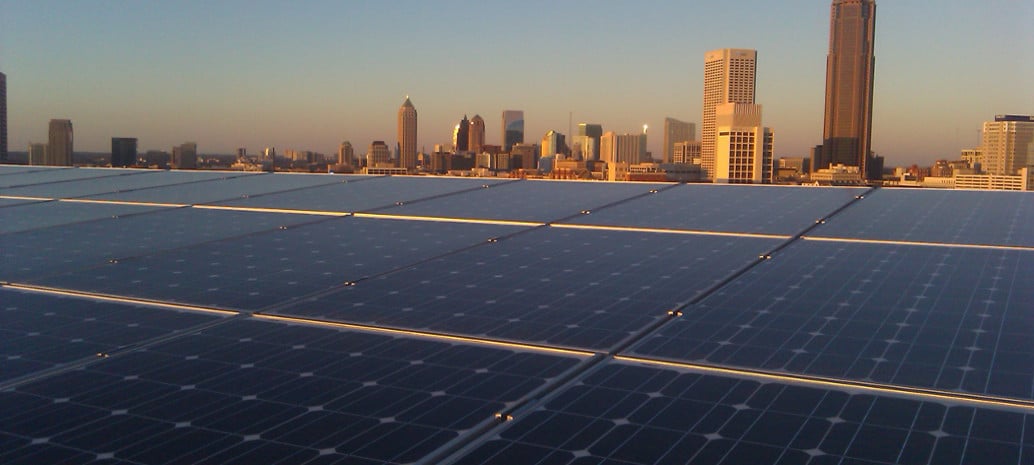Today the Georgia Public Service Commission (GSPC) approved a deal between utility Georgia Power and organizations including Southern Alliance for Clean Energy (SACE) that would triple the utility’s commitment to renewable energy in its latest long-term plan.
Under the deal, Georgia Power will commit to building and procuring 1600 MW of renewable energy in the 2018-2020 time frame, instead of the 525 MW it originally planned. This includes 1200 MW in Georgia Power’s Renewable Energy Development Initiative (REDI), another 200 MW that Georgia Power will build, and 200 MW of commercial renewables. Among the 1200 MW under REDI, 150 MW will be distributed generation (DG).
While this solicitation will be open to all renewable energy, SACE expects mostly solar to be built. “It’s very likely going to be all solar,” SACE Program Director Anne Blair told pv magazine, although she notes that “theoretically biomass could even bid in.”
The prime reason for this is that while the cost-benefit methodology has not been finalized, cost will doubtless be a consideration, and solar has been out-competing other forms of renewable energy.
The commission also mandated the creation of a new 3 MW community solar program, through a motion by commissioners. Several other motions were considered which the commission did not adopt, including a 1700 MW solar expansion proposed by Commissioner Lauren “Bubba” McDonald, which failed 2-3.
For conventional generation, the commission approved the closure of one coal plant and a limit on capital expenditures at two others. However, it also put utility customers on the hook for $99 million in costs for Georgia Power to investigate and license new nuclear reactors in Georgia.
Georgia Power is one of the few utilities in the nation actively building new nuclear power plants. These plants have been running over budget and not meeting deadlines, while ratepayers are forced to pay for costs before the plants are even built through the use of the “construction work in progress” (CWIP) mechanism.
As penetrations of solar and wind get higher, inflexible nuclear generation will conflict with renewable energy on the grid, which is one reason California utility PG&E is planning to phase out the last nuclear power plant in that state.
This content is protected by copyright and may not be reused. If you want to cooperate with us and would like to reuse some of our content, please contact: editors@pv-magazine.com.









3 comments
By submitting this form you agree to pv magazine using your data for the purposes of publishing your comment.
Your personal data will only be disclosed or otherwise transmitted to third parties for the purposes of spam filtering or if this is necessary for technical maintenance of the website. Any other transfer to third parties will not take place unless this is justified on the basis of applicable data protection regulations or if pv magazine is legally obliged to do so.
You may revoke this consent at any time with effect for the future, in which case your personal data will be deleted immediately. Otherwise, your data will be deleted if pv magazine has processed your request or the purpose of data storage is fulfilled.
Further information on data privacy can be found in our Data Protection Policy.